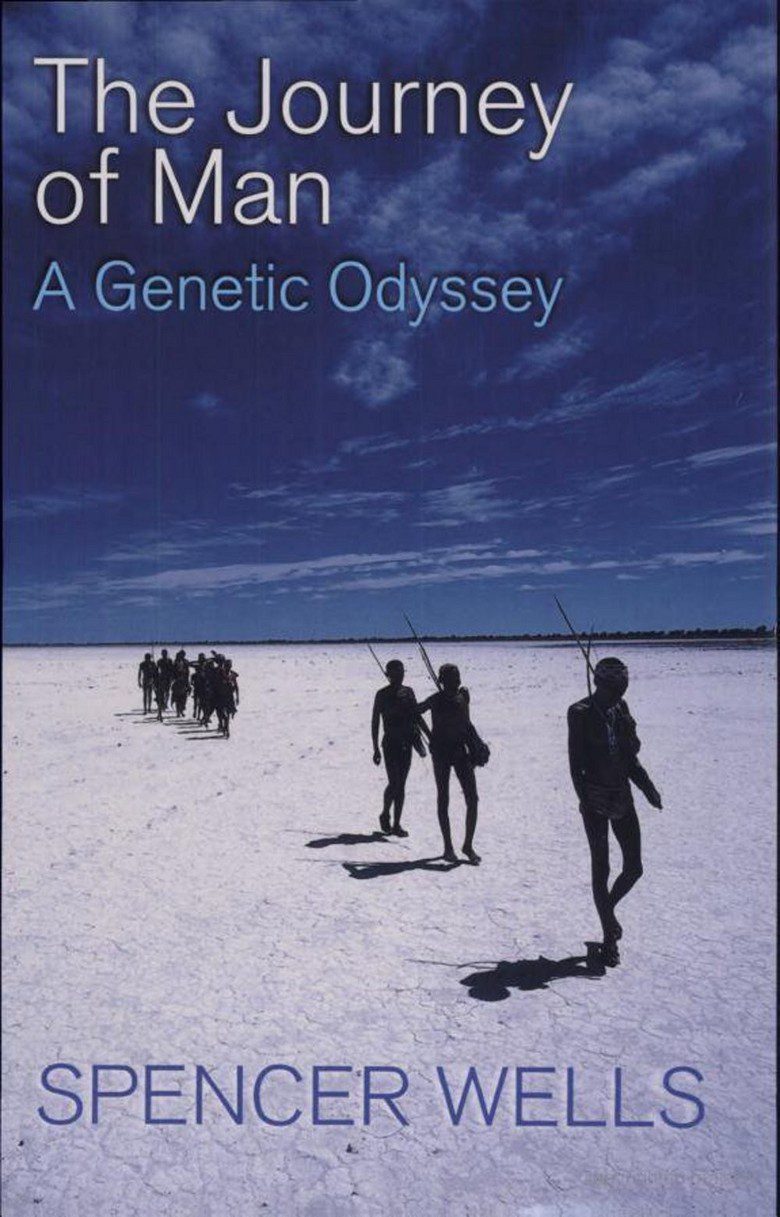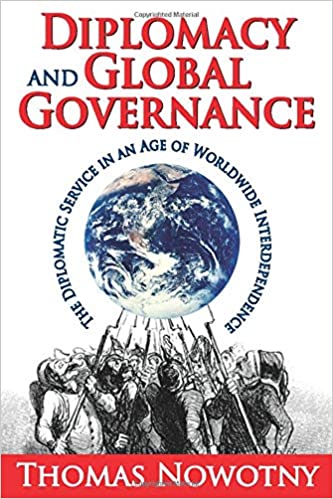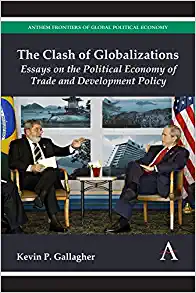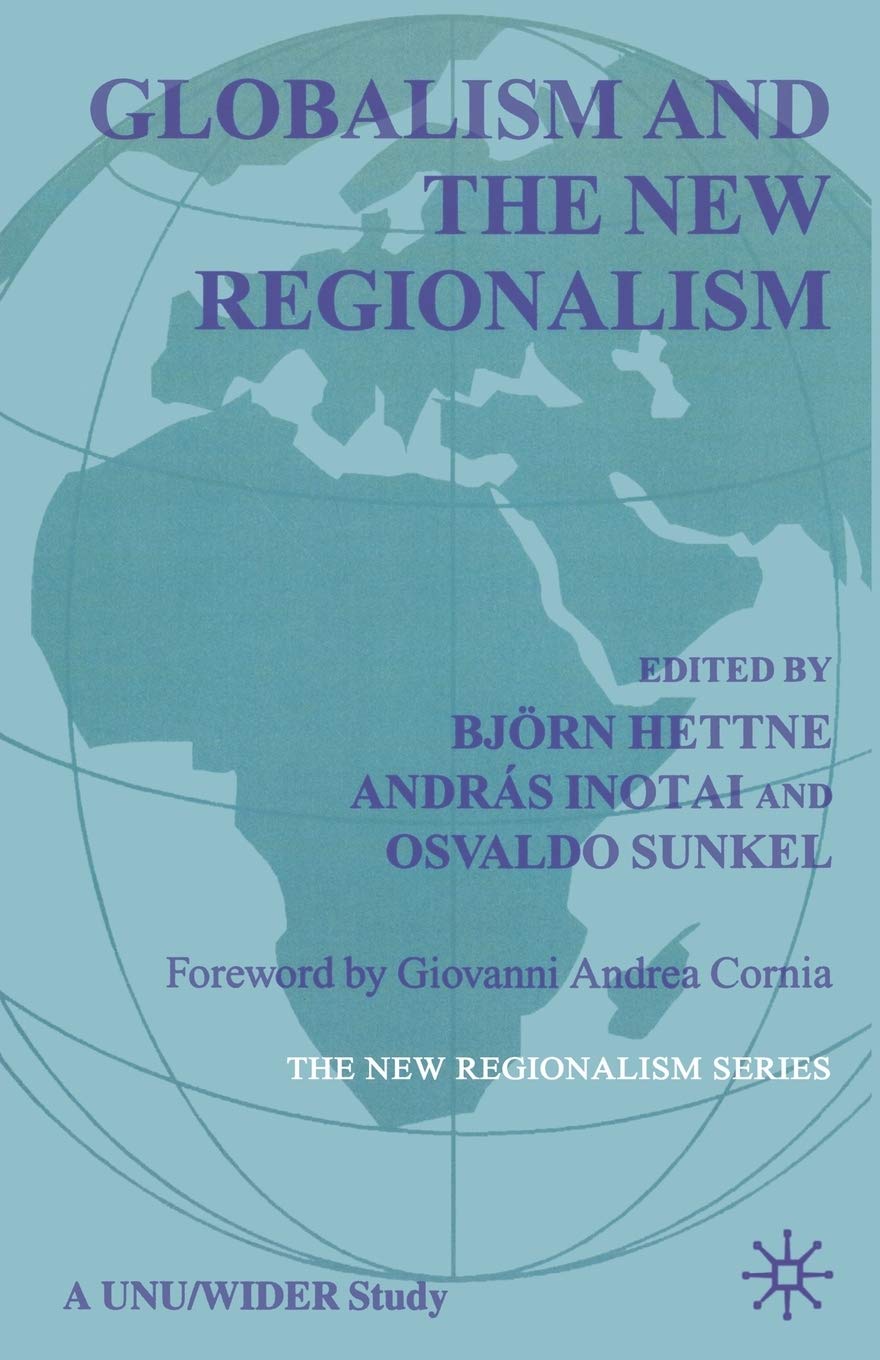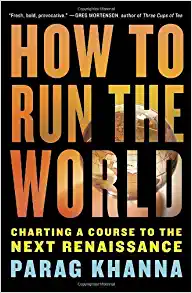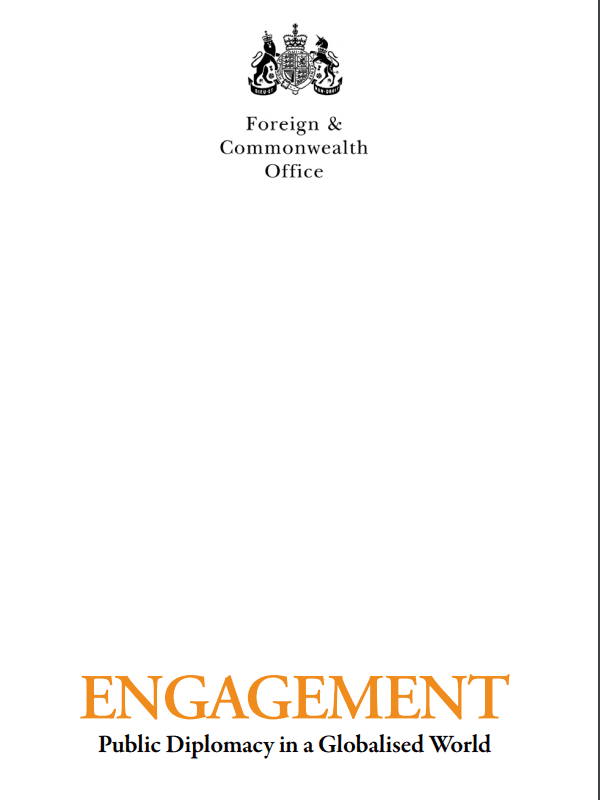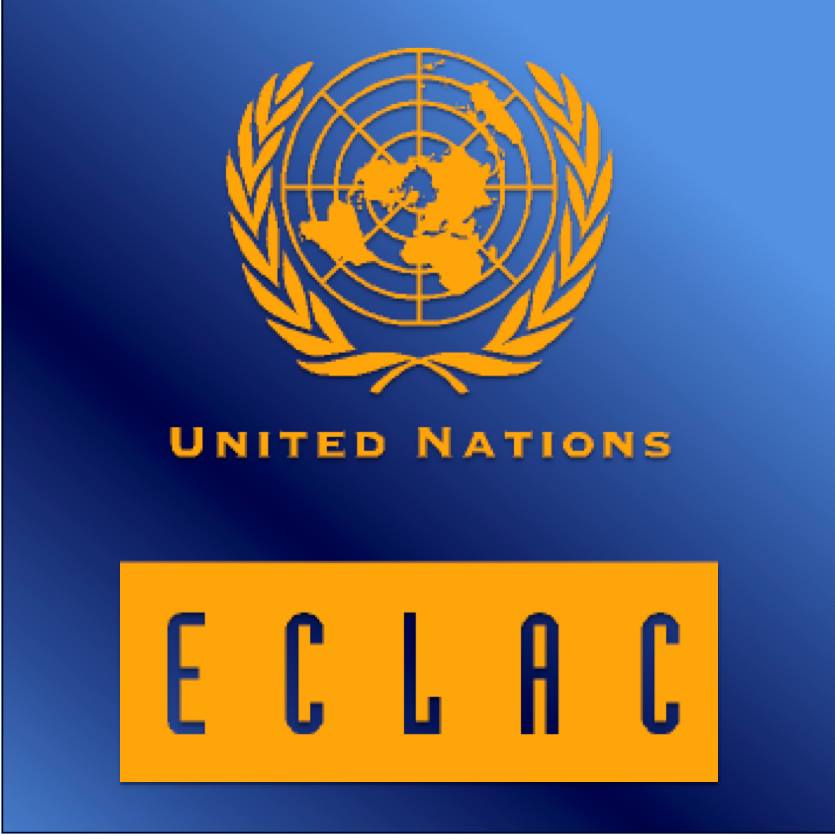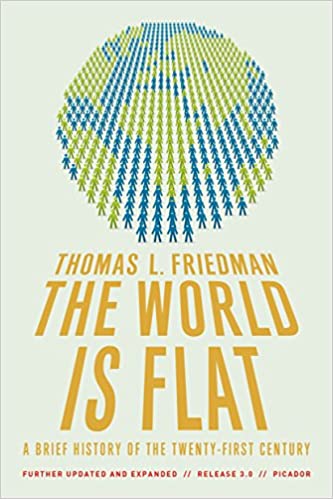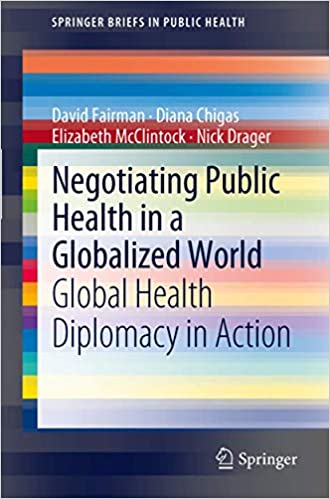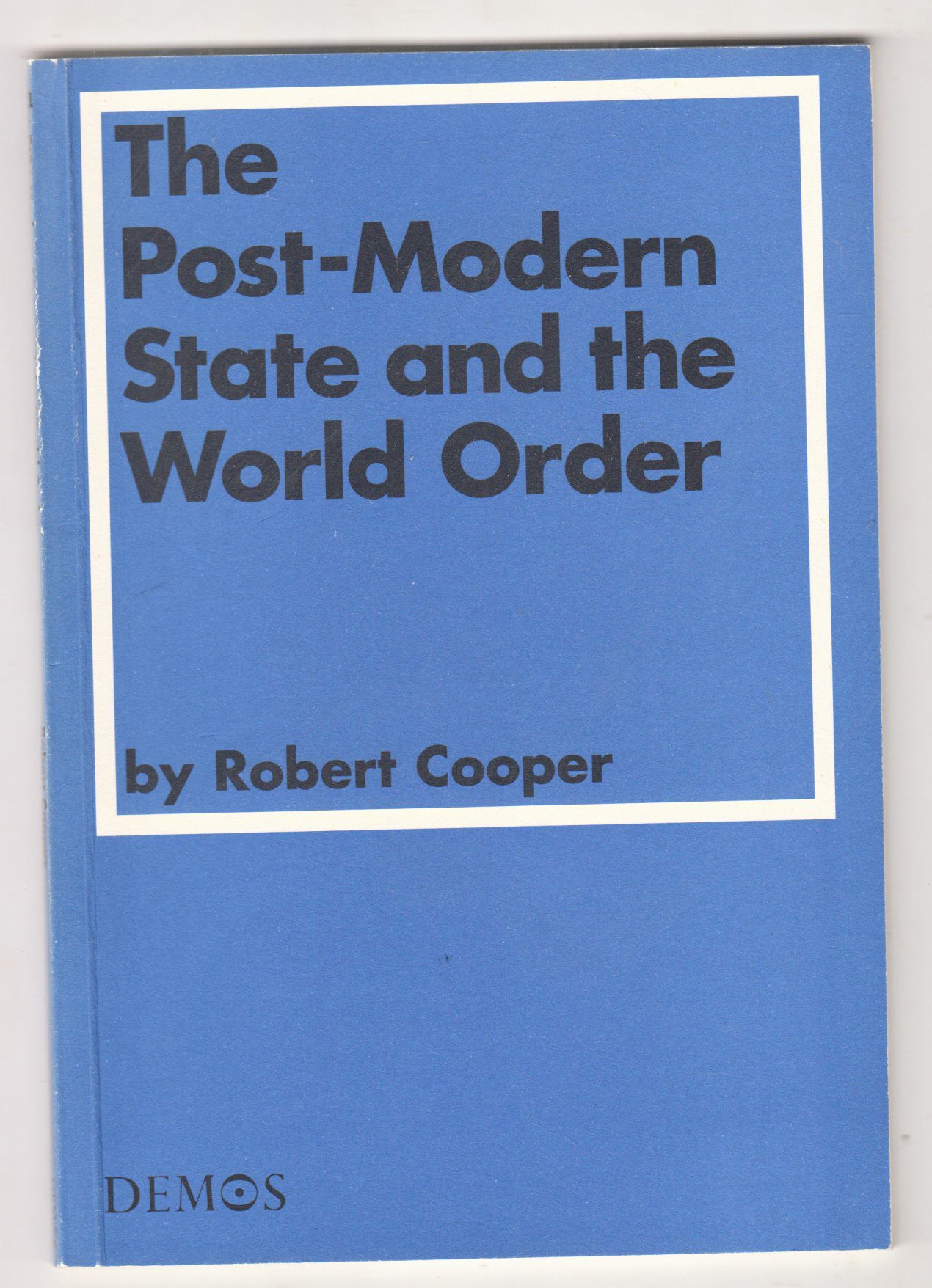Where did mankind come from originally, how did it spread across the continents, and when did this take place? This question has fascinated us since – upon observing mankind’s ‘racial diversity’ – we started disbelieving our parochial foundation myths. At first, the occasional old bone and scattered artefact was our only guide to answering these questions. Anthropology followed by re-tracing the evolution of cultures over time. Then came linguistics – suggesting a way back from today’s cacophony of languages to a likely Ur-language the human ape first spoke. Now genetics has joined them in the fray and delivered novel answers. Each of these disciplines throws up conjectures that the others verify independently – we make ‘pre-dictions’ to be tested in the field. When the results turn out to be positive, we feel more confirmed in our way of thinking.
How can genetics contribute to mankind’s history? Dante’s manuscript of the Divina Commedia is lost. We have about 600 handwritten copies. How do we know which is the closest to the original – hence more ‘genuine’? Look for copying mistakes is an answer. If a number of manuscripts share the same mistake, they are more likely to have been copied from each other than from anyone of the rest. We can skilfully establish a sort of genealogy of mistakes, and thanks to this strange tree, the genealogy of the manuscripts. Of course this is not ‘experimental’ proof (two copiers could have made the same mistake independently, or the error may have been corrected): just the application of Ockham’s razor – the principle of parsimony. The simplest explanation is the most likely, says this principle: natura non facit saltum.
Every man and woman carries within himself a manuscript, the genetic code. Over the years small copying errors occur, about thirty in each generation, which are mostly harmless to the individual but mark the passage of time. If the population is small and mates locally, it takes only a few generations before drastic gene frequency changes may occur – the individual’s marker spreads throughout his group and identifies it. If we are skilful, we can identify these groups and, through DNA analysis of the descendants, track their meanderings around the world. Recent advances in technology allow us to do this fast and reliably.
The concept of race never enters the methodology. For, firstly we would like to revert to the races’ origins – the initial ‘soup’ frown which they ‘emerged’. Secondly, upon closer statistical analysis of our genes the concept of ‘race’ proves to be empty: in humans about 85% of all genetic variation is found within the race, and only 8% between the races.
The main problem is that sex blurs the genetic variation picture quickly through recombination, so the markers diffuse rapidly and loose the function we would like to assign to them. We need markers that remain stable over time – untouched by sex. We have markers (polymorphisms) on the man’s Y chromosome, which is transmitted unchanged from father to son. On the female side we have markers in the mitochondria, the small enclosures in the cells that produce energy. This genetic material (mtDNA) is transmitted untouched from mother to offspring in the egg material that surrounds our chromosomes. Clever collection of these ‘virgin’ strands of genetic material from the descendants allows us to follow our foremothers and -fathers on their worldwide migration.
The markers on the Y-chromosome allow us to go back about 60,000 years – after that the signal is blurred. The female M-marker takes us back to about 150,000. So what’s the likely story on our last 60,000 years?
All disciplines concur: Homo sapiens sapiens emerged about 60,000 years ago in Africa. What made the difference? Probably it was the acquisition of language and its associated symbolic perception of the world. Efficient tools, art, and the better use of food resources were the result. Social organisation deepened. Together with natural curiosity climatic change became the driver of expansion at this point.
If Africa was our cradle, Australia was the continent humans settled first – so the genetic markers tell us. How did we get there? Humans simply walked the beaches, exploiting food from both sea and land As the ice age advanced and water became locked in the ice caps, the sea level dropped by over 100m and the exposed swaths of continental shelf brought islands and continents in view of each other and within easy reach of makeshift rafts. Any archaeological trace of this passage would have been subsequently submerged, but for a genetic marker found along the coast of Southern India.
50,000 years ago humans started moving into the Middle East. From there they took the ‘Steppe Highway’ into central Asia and became identified by new genetic markers as Eurasians. They split into two groups, one moving to the north of the Hindu Kush, the other to the south into the Indian subcontinent. Those that went north moved into central Asia – Mongolia and Siberia – as they followed the steppe antelopes only to switch to the bigger game to be found in colder climate (mammoth). Again a split took place, with some groups continuing eastward and others dropping south towards China and Southeast Asia, while others detoured through southern Siberia before descending towards Korea, Japan and China. Genetically, even today northern and southern Chinese are clearly distinct.
And what about the Europeans? Surprisingly, they did not move northwest from the Levant, but circled back from central Asia into Europe, where they became the Cro-Magnons and probably drove the Neanderthals to extinction by excluding them from their food resources – it takes only a reduction in fertility or an increase in mortality of 1 percent to wipe out a small population within 1,000 years. Agriculture as technology on the other hand did indeed move from the Levant directly into Europe – this is what the genes tell us – but not people: 80% of the European gene pool does not come from the Middle East.
Alaska became accessible to a few humans from the eastern Siberian clans (probably less than 500) once the Bering Strait dried up. About 15-12,000 years ago the ice that covered much of the north American continent began to melt, and a passage opened, through which these tiny populations of Siberian hunters expanded south, reaching the tip of South America within 1,000 years. There was another wave of migrants, though, coming up from Southeast Asia, that settled in the American southwest. They speak the Na-Dene languages, which linguistically is a distant cousin of Sino-Tibetan. Linguistics and genetics match.
Despite its rather technical nature the book reads like a mystery novel as it brings up concordant strands of evidence from the different disciplines. Increasingly, the reality matches our ‘pre-dictions’, and we can feel the bog of myth and speculation recede as the scientific ground becomes more solid under our feet.
The book ends on a poignantly pessimistic note. Globalisation has increased mobility. Soon the thorough mixing of the genes, languages and cultures will erase the story of our past. In Federico Fellini’s Roma, the engineers excavating the underground suddenly get a glimpse of rooms that had been remained hermetically sealed for centuries. As they stand in awe before the beauty of the paintings on the walls the air rushing through the opening eats away at the colours and turns everything to grey dust. We are lucky that science has developed methods to record our history before it is thoroughly erased, and that scientists trained these tools on the problem in the nick of time. Spencer Wells, together with many others before him, deserves our gratitude for their deep curiosity.
Review by Aldo Matteucci
